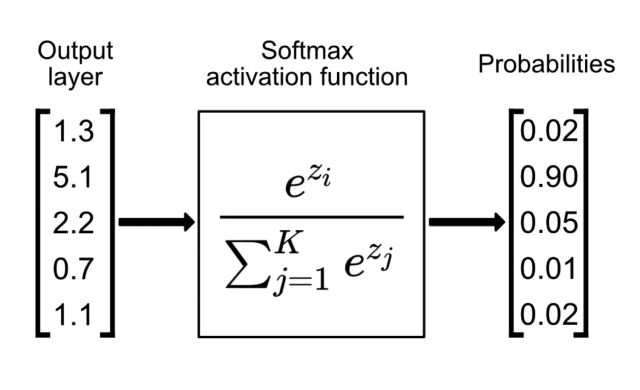When OpenAI unveiled GPT-5, the reactions ranged from excitement to skepticism. Some noticed hints that the system might be a high-level Mixture-of-Experts (MoE) architecture — the kind where each query is routed to a specialized sub-model based on intent, complexity, or domain. If that’s the case, the model’s behavior starts to make sense: rapid responses in common scenarios, more deliberate “think-hard” reasoning when math or logic appears, and overall cheaper operation thanks to selective computation.

The MoE pattern isn’t new. In theory, a softmax classifier could be deciding which internal “expert” to call — essentially an API router inside the model. The advantage? Lower cost per request without sacrificing too much quality. The risk? The router’s decision quality becomes the real bottleneck. An elegant router can feel like magic; a clumsy one will frustrate users by sending nuanced problems to the wrong “expert.”
From early use, GPT-5 seems to excel at knowing when to shift gears. In mathematics and derivations, it appears to route to a slower, more careful reasoning pathway — a kind of implicit self-awareness that previous models lacked. That’s impressive. But this also raises the question: if it’s just a sophisticated MoE, is the hype justified, or are we applauding architectural efficiency rather than a true leap in reasoning capability?
Sam Altman has hinted that the goal this time was a cheaper model — faster, more cost-effective. And in that sense, GPT-5 delivers. But cheaper doesn’t automatically mean revolutionary. The buzz around GPT-5 leaned heavily on mystery and expectation, and while the performance is strong, it’s fair to ask whether the leap is in capability or in optimization.
In the end, GPT-5 may represent a subtle but important shift: AI that knows when to slow down and think, and when to answer fast. Whether that’s the result of MoE, a better router, or something altogether new, it’s an engineering achievement worth noting. Still, it invites a bigger question — are we chasing intelligence, or just better systems for deciding which part of the machine to wake up?




